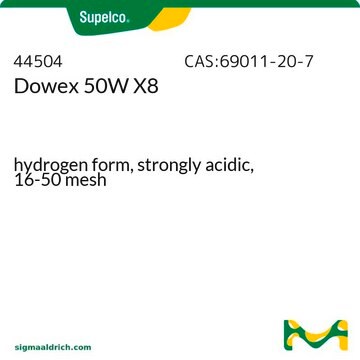About This Item
Recommended Products
assay
≥93% (complexometric)
form
powder (fine)
autoignition temp.
1400 °F
reaction suitability
reagent type: catalyst
core: aluminum
resistivity
2.6548 μΩ-cm
impurities
≤0.03% heavy metals (as Pb)
≤0.3% soluble in ether
bp
2460 °C (lit.)
mp
660.37 °C (lit.)
density
2.7 g/mL at 25 °C (lit.)
cation traces
Fe: ≤5000 mg/kg
SMILES string
[Al]
InChI
1S/Al
InChI key
XAGFODPZIPBFFR-UHFFFAOYSA-N
signalword
Danger
hcodes
Hazard Classifications
Flam. Sol. 1 - Water-react 2
Storage Class
4.3 - Hazardous materials which set free flammable gases upon contact with water
wgk_germany
nwg
flash_point_f
Not applicable
flash_point_c
Not applicable
Certificates of Analysis (COA)
Search for Certificates of Analysis (COA) by entering the products Lot/Batch Number. Lot and Batch Numbers can be found on a product’s label following the words ‘Lot’ or ‘Batch’.
Already Own This Product?
Find documentation for the products that you have recently purchased in the Document Library.
Customers Also Viewed
Our team of scientists has experience in all areas of research including Life Science, Material Science, Chemical Synthesis, Chromatography, Analytical and many others.
Contact Technical Service








